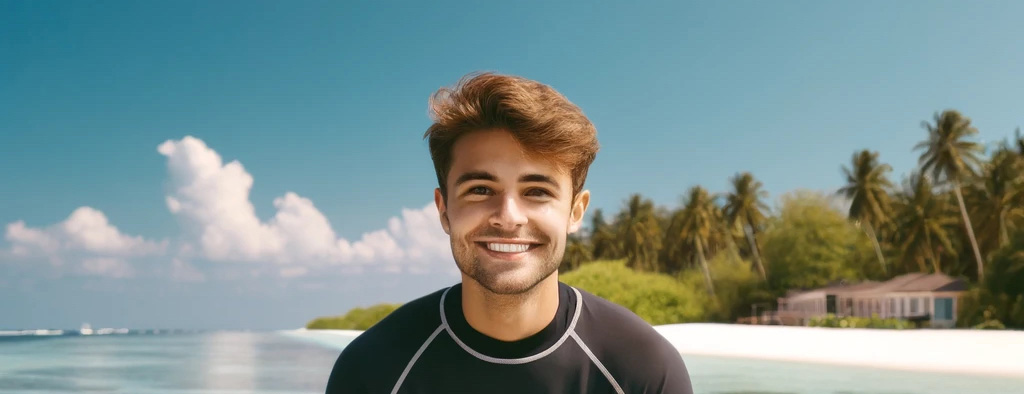
Up to this point, we’ve discussed ideal diving situations, buoyancy control, neutral buoyancy and correctly positioning equipment. Lack of buoyancy control is potentially dangerous to our buddies, the environment and to ourselves. But, how exactly does a diver obtain ideal buoyancy control? The answer is simple. Practice. Practice. And, more practice. Specifically, by practicing exercises designed to assist the diver in seeing, feeling and understanding buoyancy control.
Ideally, a diver would progress from starting with proper weighting, descending in a comfortable controlled manner, maintaining neutral buoyancy as we move along the planned route, ascending at the proper rate, hovering at the safety stop for the allotted time and surfacing. Making it a personal goal to improve your buoyancy control in every dive will help you become more comfortable, and make every dive more enjoyable.
First exercises
The first exercise to help you understand and feel buoyancy control is called “the pendulum” or “fin pivot.” To conduct this exercise, lay prone on the bottom with you legs straight behind you and the BCD completely deflated. Next, inflate your BCD in short, controlled spurts until you become neutral. The tips of your fins should still be touching the bottom. When you inhale, you should feel your body rise. When you exhale, your trunk will sink. Each time you rise and sink; you’re pivoting on the tips of your fins. This exercise will help you understand how displacement occurs due to the volumetric changes in your lungs.
Next, repeat the pendulum exercise. This time inflate the BCD orally by exhaling into your BCD. This exercise will help you understand how much gas is required to be put into your BCD in order to become neutral. To conduct this exercise, lay flat on the bottom with your legs straight behind you and the BCD completely deflated. Place the BCD inflator in your left hand and your second-stage in your right hand. Inhale, remove the second-stage from your mouth, place the inflator in your mouth, press the manual inflator button and exhale half of the air from your lungs into your BCD. The other half should be used to clear your second stage when you return it to your mouth. Breathe normally and note the effect that the previous maneuver had on your buoyancy. Continue the process until you become neutral and you’re pivoting on the tips of your fins each time you inhale and exhale.
Transitioning from the pendulum position to the “free-fall” or the “Trim” position is relatively easy. Add a small amount of air into your BCD and lift your fins from the bottom. Spread your arms, bend your knees and breathe normally. In this position, you should look like a free falling skydiver. You should rise and fall slightly with each inhalation and exhalation. Remain hovering over the bottom, and make adjustments as required until you’ve achieved a perfect neutral buoyancy.
ADVANCED BUOYANCY TECHNIQUES
Advanced buoyancy techniques are skills that the diver develops as he encounters new and unique situations while diving. They are often not well-defined, or predetermined situations, and the diver’s skill set must be adapted as needed. However, there are a few situations that fall into this category that can be discussed here.
The first is upside-down, vertical buoyancy control. This position often comes into play when trying to look into fissures or take a photograph near the bottom while trying to avoid colliding with it or stirring up the sediment. To successfully maintain neutral buoyancy in this position, you must have a firm grasp on your equilibrium and weight distribution. Avoid moving your limbs excessively to keep your center of gravity stable in your core. Excessively inhaling or exhaling will cause depth variations, so it’s important to manage your breathing as well. Remember to never hold your breath.
Spatial awareness is important in all circumstances; but becomes vital while in this position so you do not make contact with the reef or a wall. If you find yourself starting to sink, and you’re not immediately able to add gas to your BCD it is best to not to resist. In this case, slowly sink to the bottom rather than risk kicking the reef or wall. Once there, slowly rise three to six feet (one to two meters) off of the bottom, reestablish neutral buoyancy and continue the dive.
Again, trying to re-stablish your position right away by kicking should be avoided if doing so risks damage to the environment. Keep your arms and hands still when you’re not using them to make minor corrections to balance. Do this by clasping your hands together.